Getting regular dental assessments can save you and your family from any major dental issues. That is why we suggest that children start getting routine oral assessments as young as 6 months old.

With a general assessment, we can identify if the patient is suffering from any undiagnosed or undisclosed medical conditions, such as malignancies, endocrine conditions and signs indicating cerebral vascular risk or raised cardiovascular risk. This assessment can impact the patient's morality and treatment.
Dentists use this process to assess your oral health. In general, oral exams involve the entire mouth, whether it is your first visit or a regular 6-month check-up. In addition to that, it helps to identify any kind of dental problem, such as pain, swelling, broken teeth, or others.

These are the main categories of oral examination:
Dental X-rays play an essential role in the assessment of oral health. Here is a list of different types of X-rays.
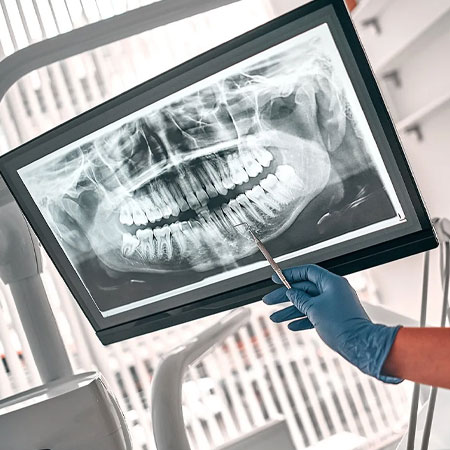
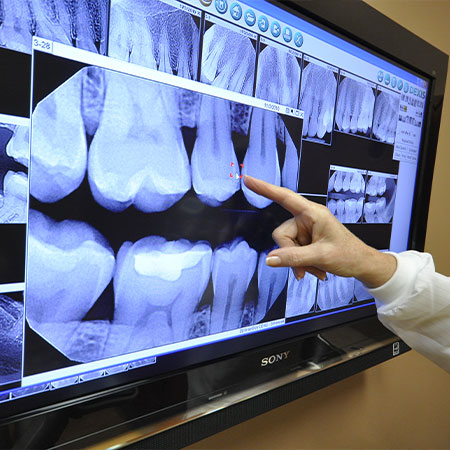
To control cavities and treat mild gum disease, most people need a dental cleaning. Whether it's moderate to severe gum disease, teeth cleaning can avoid serious infections and tooth loss.
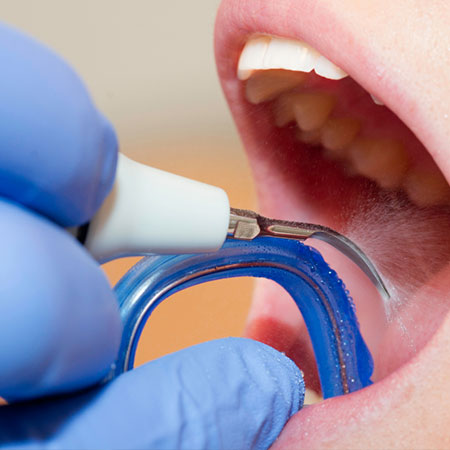
The dentist will examine the teeth and gums and assess where plaque is most prevalent. The team will use different equipment to clean the teeth.
They use scalers to remove the stubborn layer of tartar or scrapers if there is a touch of plaque buildup. You might experience temporary discomfort or sensitivity.
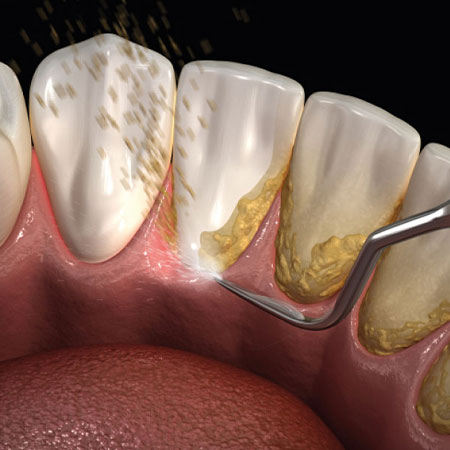
Deep dental cleaning involves two important steps: scaling and root planing. In this process, scaling is extensive and goes under the surface of the gum line. They might use the regular scaling tool or ultrasonic or laser instruments.
In root planning, the plaque is removed thoroughly. The dentist will use an ultrasonic device to remove the plaque before manually removing it with a tool called a curette.
These are restorative materials used to apply to the chewing surfaces of back teeth (Molars and Premolars) in children and young patients.

If you are likely to get tooth decay due to deep pits and fissures on the occlusal surfaces of your teeth, you should get sealants. Studies have shown that patients who have applied sealants to their teeth show 50-80% less incidence of dental caries.
Dental sealants help to seal pits and fissures on the occlusal surfaces of teeth. if your kid has any fissures or pits you should get them sealed with sealants to avoid any cavities.
Dental sealants have many benefits:
They are not at all painful, so there is no need for local anesthetics or tooth drilling.
Kids are likely to get cavities and if they don't get sealants, they are prone to getting dental caries.
This far, we haven't seen any kid facing any health hazards due to dental sealants.
Compared to white fillings, dental sealants are much more inexpensive. Getting dental sealants can prevent further expenses by delaying the development of cavities.
Fluoride Varnish helps to prevent, slow down and stop the decay process in the cavity. It is made of fluoride, which helps strengthen the tooth enamel. Although it will not completely prevent cavities, using toothpaste with fluoride, flossing regularly and eating a healthy diet can prevent tooth decay.
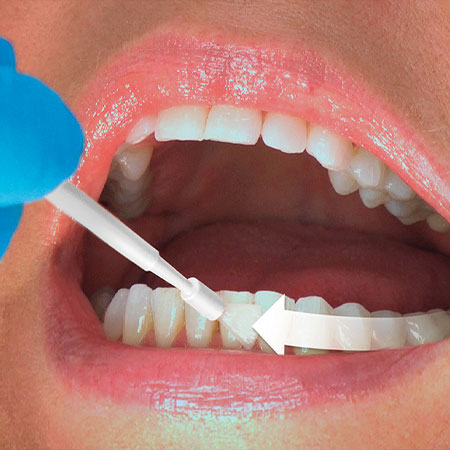
Fluoride varnish is applied with a small brush to the sides of every tooth. It has a sticky texture, but it becomes hard when it comes in contact with saliva. Your child might feel it but won't be able to lick it off.
Putting varnish on doesn't hurt at all, but children are likely to cry during the procedure. It is a good thing, as their mouth will be slightly open and it would be easy to apply.The procedure would take a couple of minutes.
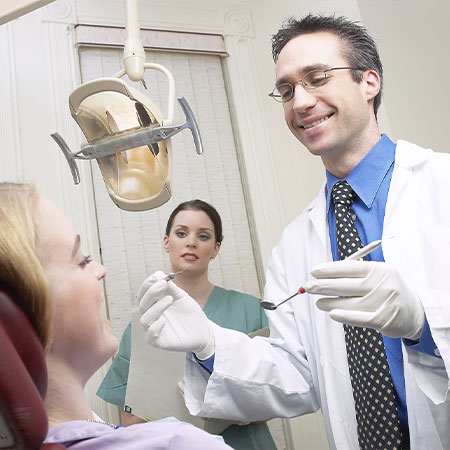
Here are a few guidelines which you have to follow to
look after your child's teeth.